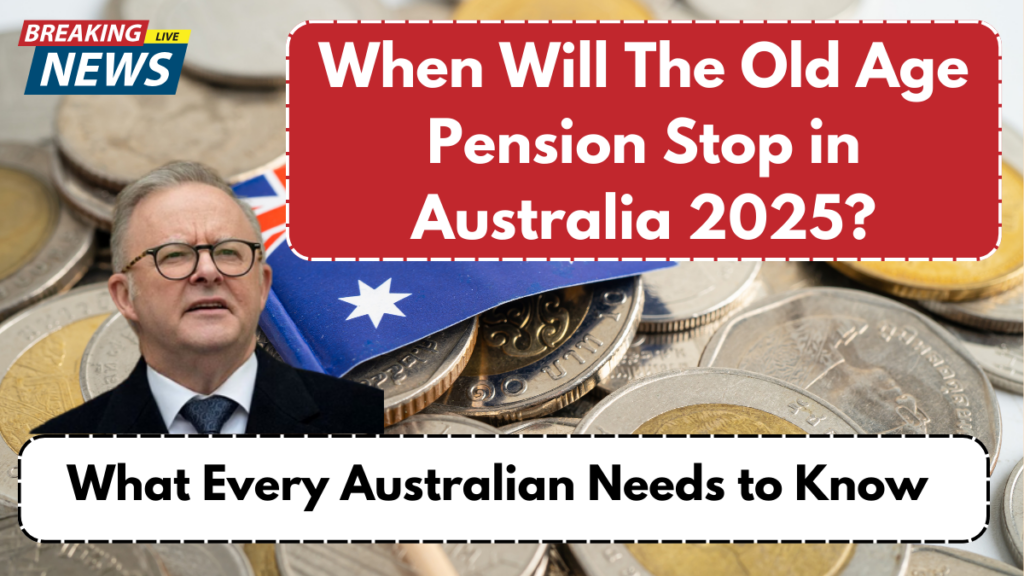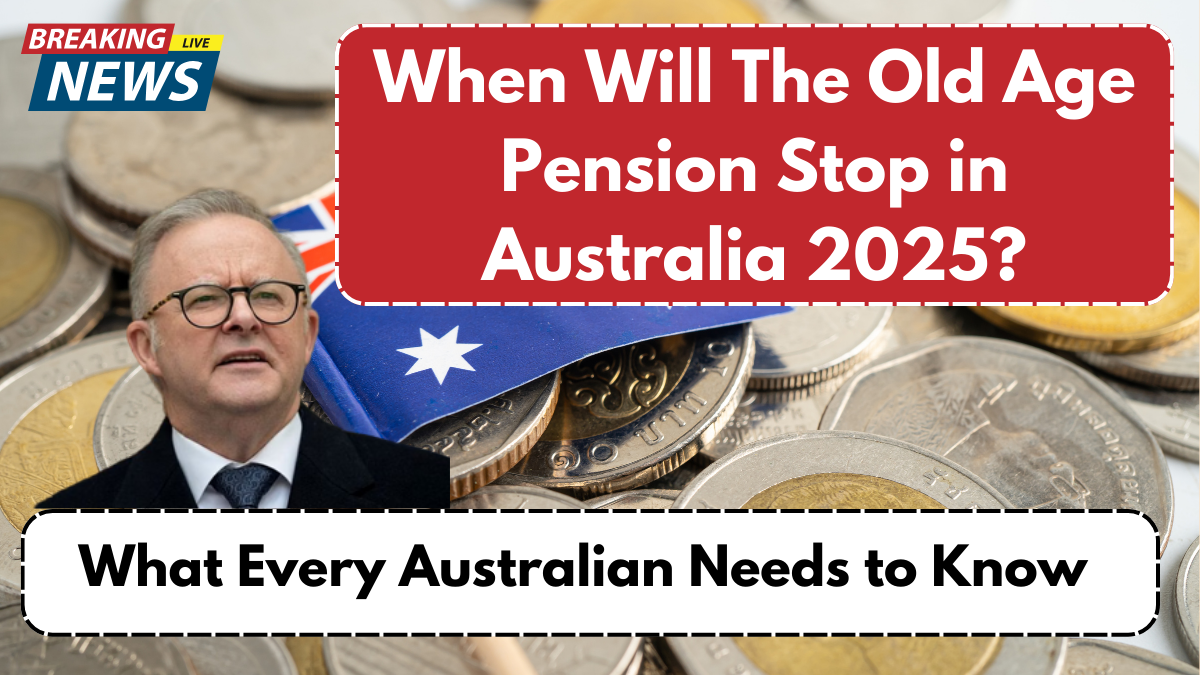As of April 2025, there are no plans to discontinue the Age Pension in Australia. Despite public speculation, the Australian Government continues to affirm its commitment to supporting retirees. For many seniors, the Age Pension remains a vital source of income, especially as cost-of-living pressures grow.
The Age Pension is not just a payment—it forms a significant pillar of the broader retirement system. It is a fortnightly payment funded by taxpayers and administered by Centrelink under Services Australia. Its role is to provide financial security for older Australians who meet specific eligibility criteria, including age, residency status, and income/assets tests.

Age Pension Eligibility in 2025
From 1 July 2025, the qualifying age for the Age Pension officially rises to 67. This change, previously legislated, is now in full effect. Anyone turning 67 and meeting the other criteria may apply.
Eligibility Factors:
- Age: Must be at least 67 years old from July 2025.
- Residency: Must be an Australian resident and have lived in the country for at least 10 years, with at least five of those years continuously.
- Income and Assets Test: Eligibility and payment rates are affected by how much you earn and the value of what you own.
Is the Pension Increasing in 2025?
The Age Pension is reviewed twice a year—in March and September—to align payments with changes in the Consumer Price Index (CPI) and Pensioner and Beneficiary Living Cost Index (PBLCI).
In April 2025, an increase was implemented in response to persistent inflation and rising living costs. With CPI showing a 4% annual increase, pension payments were adjusted accordingly.
Updated Age Pension Payment Rates (April 2025)
| Family Situation | Previous Amount | New Amount | Total Increase |
|---|---|---|---|
| Single | $2,444.60 | $2,500.80 | $56.20 |
| Couple (combined) | $3,737.60 | $3,822.40 | $84.80 |
| Illness Separated Couple | $4,837.20 | $4,949.60 | $112.40 |
These increases aim to alleviate financial pressure for retirees, especially those reliant solely on government support.
Asset and Income Thresholds for 2025
The following limits determine eligibility for full or part pensions. If your assets exceed the maximum threshold, you will not qualify for the Age Pension.
| Situation | Property Owned | Full Pension | Part Pension Range | No Pension if Assets Exceed |
| Single | Homeowner | $314,000 | $314,000 – $695,000 | $695,500 |
| Single | Non-Homeowner | $566,000 | $566,000 – $947,500 | $947,500 |
| Couple (combined) | Homeowner | $470,000 | $470,000 – $1,045,500 | $1,045,500 |
| Couple (combined) | Non-Homeowner | $722,000 | $722,000 – $1,297,500 | $1,297,500 |
| One Partner Eligible | Homeowner | $470,000 | $470,000 – $1,045,500 | $1,045,500 |
| One Partner Eligible | Non-Homeowner | $722,000 | $722,000 – $1,297,500 | $1,297,500 |
| Illness Separated Couple | Homeowner | $470,000 | $470,000 – $1,233,000 | $1,233,000 |
| Illness Separated Couple | Non-Homeowner | $722,000 | $722,000 – $1,485,000 | $1,485,000 |
Additional Support for Seniors
Besides the Age Pension, many seniors also receive other forms of government assistance:
- Disability Support Pension (for those with qualifying conditions)
- Seniors Health Card (to reduce medical expenses)
- Rent Assistance (for those not owning property)
- Energy Supplements (to assist with utility bills)
These supplements are often income and asset tested but play an important role in maintaining living standards for elderly Australians.
Is There a Set Retirement Age in Australia?
Legally, there’s no fixed retirement age. You can stop working whenever you choose, but your access to government benefits like the Age Pension depends on meeting age and other eligibility criteria. The average retirement age remains around 65, but many retire earlier due to health issues, redundancy, or caregiving responsibilities.
Conclusion
To clarify: the Age Pension is not ending in 2025. While changes in eligibility and thresholds have occurred, the Australian Government remains committed to supporting older citizens through structured and reliable income support. With regular adjustments reflecting economic conditions, the Age Pension continues to be a safety net for Australians transitioning into retirement.
FAQs
Will the Age Pension stop completely in 2025?
No, there is no indication that the Age Pension will stop. The government continues to support it as a key part of the retirement system.
How is the Age Pension amount calculated?
It depends on your income, assets, living situation, and whether you’re single or in a couple. These are reassessed periodically.
Can I receive a part pension?
Yes. If your income or assets exceed the full pension threshold but are below the upper cut-off, you may be eligible for a part pension.
Is the pension taxed in Australia?
No, Age Pension payments are generally tax-free.
What documents are needed to apply for the Age Pension?
You’ll need identification, proof of residence, financial statements, and other supporting documents, depending on your situation.
For More Information Click Here
Pari is a passionate writer known for captivating stories that blend imagination and reality. Inspired by travel, history, and everyday moments, Pari crafts narratives that resonate deeply with readers.




